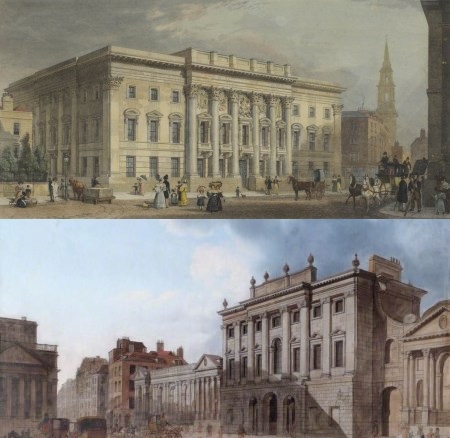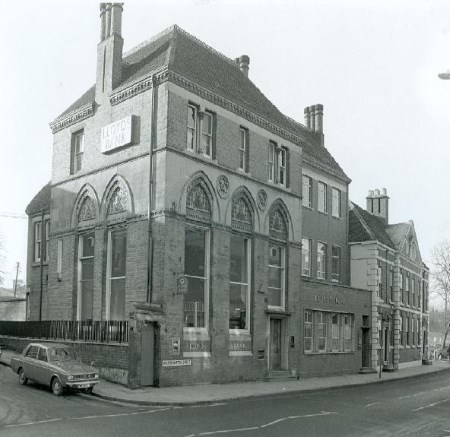For as long as civilization has existed, banking has existed. In fact, even before civilization existed, there were ‘bank-like’ systems. It is nigh on impossible to cover the complete history of banks in such a short piece, but we are going to give you a decent overview of how the banks came to be.
It is impossible to say exactly when banking properly began. We do, however, have evidence that it may have started to properly occur around 8000 BC, although these were not banking in the way that we see things now. It was more record keeping of trades that were being made. There may have been specific institutions developed specifically for banking, but we can’t possibly know for sure. All we have records of are people making trades and record their trades down in a log.

The first proper banks would have sprung up in ancient Mesopotamia. We have evidence that there were temples and palaces throughout Babylonia and other cities which provided lending activities. Although, a lot of this was not in the form of financial lending. Instead, banks would lend out seeds and the like. The idea is that by lending out seeds, farmers would have products that they could work with. When it came to the harvest, the farmers would pay back their seed loan from the harvest.
There are also records of credit from around this time. In fact, we have a history of credit and other banking activities throughout Asian civilization. The Temple of Artemis, for example, was a deposit for cash and there were records of debts held here. Mark Anthony plays a major role in these banks. He is said to have stolen cash from these banks.

Banks really started to come into their own during the medieval period. Most of these banks were merchant banks, however. Again, this was a lot about crop loan and for financing expeditions across the silk routes. Some of the earliest forms of brokering took place in these banks.
It is actually from around this time that bankruptcy started to spring up. The earliest banks were in Italy. Bankrupt comes from the word ‘banca rotta’ in Italian. When a trade failed to deliver on their promised route, then they would have been declared ‘banca rotta’.

Perhaps the biggest changes to the world of banking came in the 17th to 19th centuries, particularly in London. In fact, the way in which banks work will be based completely around these banking concepts, i.e. issuing bank debt, allowing deposits to be made into banks etc.
The first ‘proper’ bank could be said to be the Goldsmiths of London. It is now a bank, but back then it was more a series of vaults which charged a fee for their services. People would deposit their precious materials into these vaults, and they would be able to collect them. Over time, Goldsmiths started to provide loans.
The first bank to offer banknotes was the Bank of England. Bank notes were, initially, promissory notes. You would deposit cash into the bank and be offered a note to say that it was there. Over time, the bank started to offer cheques, overdrafts, and traditional banking services. This was important when the Industrial Revolution in the United Kingdom was starting to get into ‘full swing’.

International financing in the 19th Century took hold due to the Rothschilds. They got started by loaning money to the Bank of England and purchasing stocks. Over time, the Rothchild family (still the richest family in history), started to invest in multiple projects around the world and financing military efforts. They were also taking in deposits from people and creating new banks.

It was in the 20th Century when banks started to pop up in the way we know them properly. Post-World War II, banks started to lend money to countries as a whole, and retail banking started to become a proper ‘thing’. In fact, a lot of the technology that was developed throughout the 20th Century is still in use today, e.g. the ATM systems and SWIFT payments.
